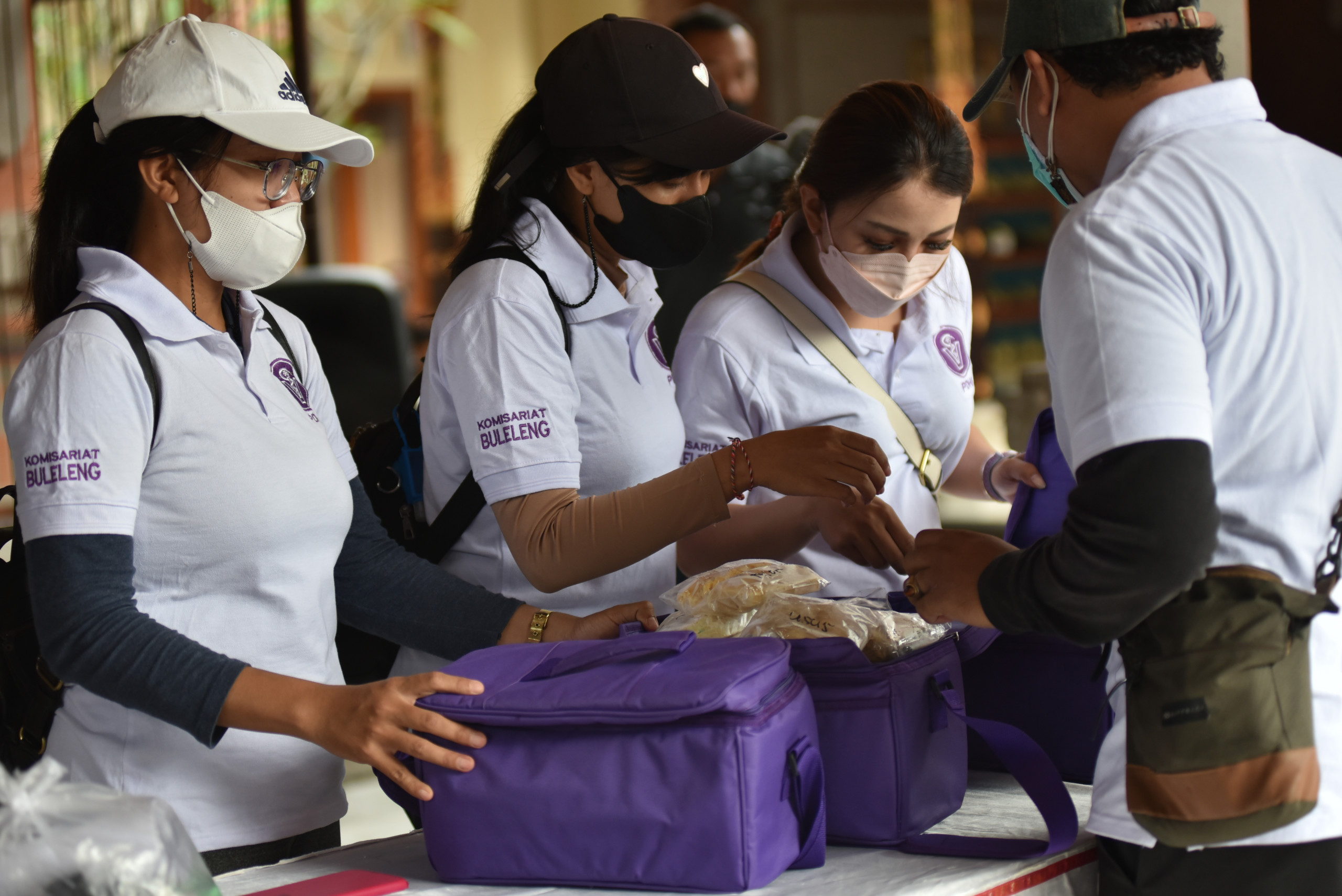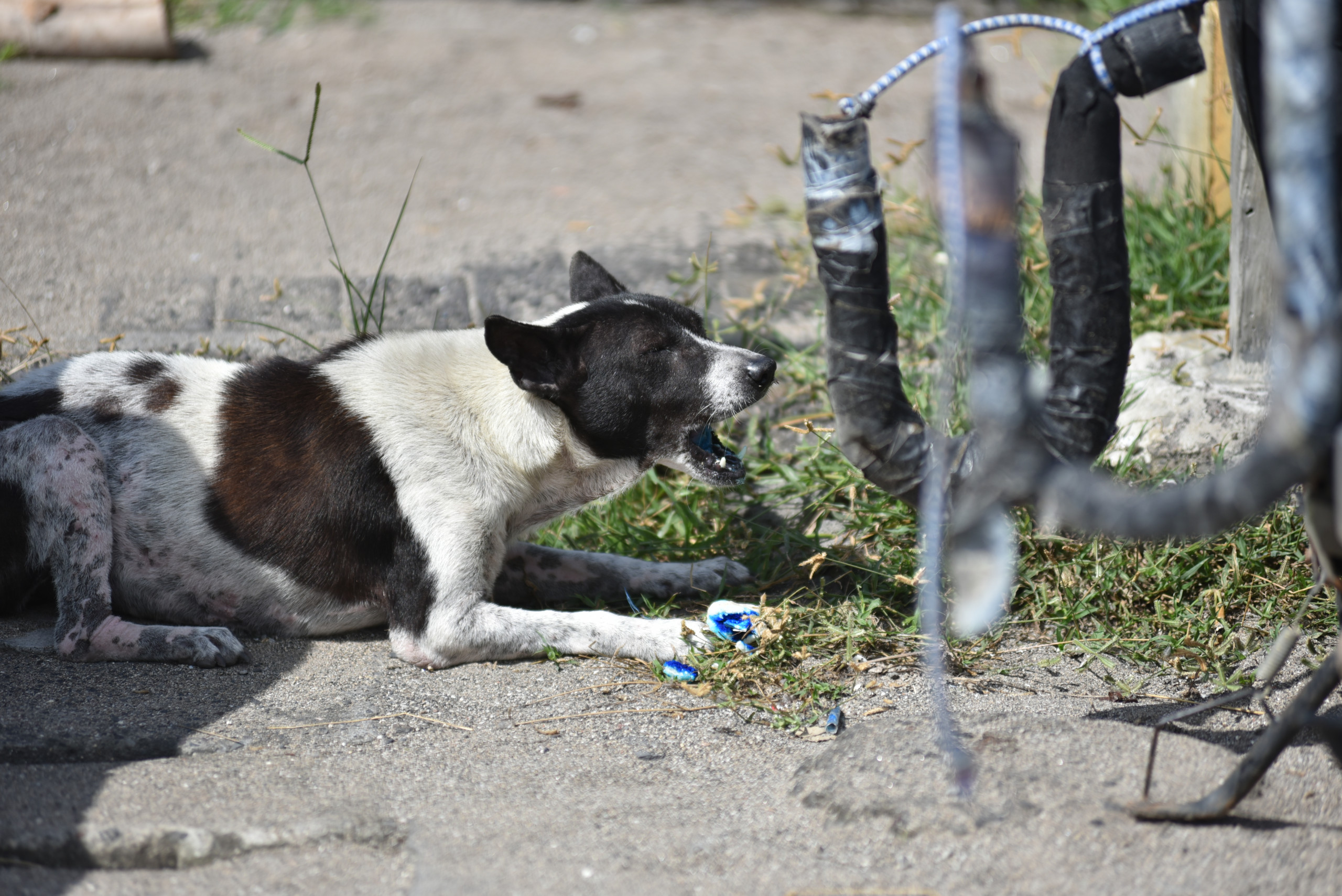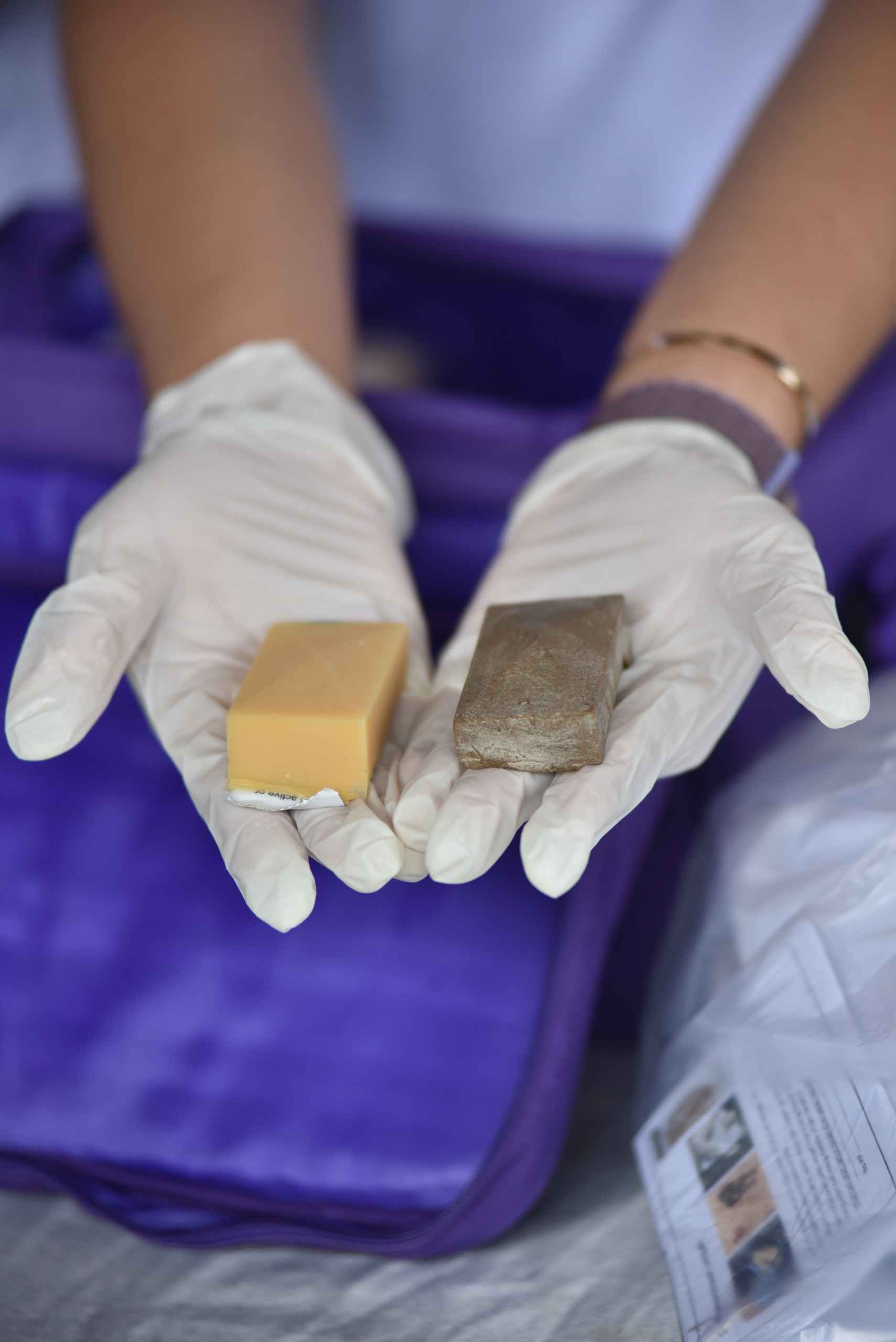
29 Sep 2022 (Japan) – Rabies is a neglected zoonotic disease which takes a toll of nearly 60,000 human lives a year, mostly in Asia and Africa. Rabies is endemic in both humans and animals in the Asia Pacific Region (AP Region), with dog-mediated rabies being the predominant source of disease. However, it is often under-reported and is therefore considered to be a neglected disease. Over 95% of human rabies cases are associated with dog bites. Rabies control and subsequent elimination necessitates multi-sectoral collaboration using a “One Health” approach. It is therefore important to control rabies in dogs to control and eliminate rabies in humans.
...takes a toll of nearly 60,000 human lives a year, mostly in Asia and Africa. Rabies is endemic in both humans and animals in the Asia Pacific Region (AP Region), with dog-mediated rabies being the predominant source of disease.
Street dog family in India. (Getty Images)
In many countries, vaccination coverage is low due to several factors such as lack of resources (vaccine, human, funding), lack of coordination, and increasing populations of free-roaming dogs. In most of the low- and middle-income countries, stray dogs form the bulk of the dog population and therefore are difficult to catch and cover under the conventional catch-vaccinate approach. For instance, 42%, 57%, 83%, 80%, 70%, 85%, and 80%, of dogs in India, Bhutan, Bangladesh, Cambodia, Myanmar, Philippines, and Sri Lanka, respectively, are free-roaming and together with other factors (socio-cultural, technical, resources – mainly funding, coordination, etc.) have been constraints in implementing mass vaccination campaigns in the region.
Manufactured egg (left) and fish (right) oral rabies vaccine baits used by veterinary teams in Bali, Indonesia. (Wahid Fakhri Husein, FAO-ECTAD)
Oral Rabies Vaccines (ORVs) have been used successfully in eliminating sylvatic rabies from the wildlife reservoirs in North America and Europe. Of late, there have been studies done for ORV bait uptakes in Goa State of India and Bangladesh, and for ORVs in Thailand, Haiti, and Indonesia that demonstrate the safety and effectiveness of the currently available commercial ORVs for wildlife, when used in the vaccination of domestic dogs.
The World Organisation for Animal Health (WOAH, founded as OIE) recommends the use of ORVs in dogs, after safety and efficacy trials, to complement parenteral vaccination programs in areas where dogs are an important reservoir of rabies virus and where it is difficult to augment parenteral vaccination coverage, especially in free-roaming dogs. The Japan Trust Fund (JTF) of the Government of Japan has been supporting the WOAH Regional Representation’s (WOAH RRAP) activities on One Health including the prevention and control of zoonoses such as rabies.
Through consultative processes, eight WOAH Members including Cambodia, Myanmar, Nepal, Sri Lanka, Thailand, India, Singapore, and Philippines showed keen interest in piloting ORVs in free-roaming dogs. WOAH RRAP will follow up with these Members to pilot ORVs to support mass dog vaccination programmes, and support the goal of reaching more than 70% vaccination coverage. This is expected to contribute to enhancing Mass Dog Vaccination (MDV) campaigns currently undertaken by countries to control rabies and contribute towards achievement of the global target of “zero human death by 2030”.
The overall goal of this initiative is the “promotion of ORVs as a complement to parenteral vaccination of inaccessible free roaming dogs to reduce human deaths from dog mediated rabies in the Asia Pacific region”.
A dog discovers and consumes an oral rabies vaccine (ORV) bait in Bali, Indonesia. (Wahid Fakhri Husein, FAO-ECTAD)
This article is part of a series published for activities for World Rabies Day 2022, to share challenges and successes in controlling the disease. With a fatality rate of almost 100% in humans and animals alike, rabies remains a global threat, killing approximately 59,000 people every year.
WOAH has long been committed to tackle the disease, supporting its Members in the path towards a rabies-free future. Dog-mediated rabies is set for elimination by 2030. With this goal in mind, WOAH strives to coordinate intersectoral action at a global level and to accompany countries in the development and implementation of their national rabies strategies.
Banner photo: A dog ingests an oral rabies vaccine bait in Bali, Indonesia. (Wahid Fakhri Husein, FAO-ECTAD)





